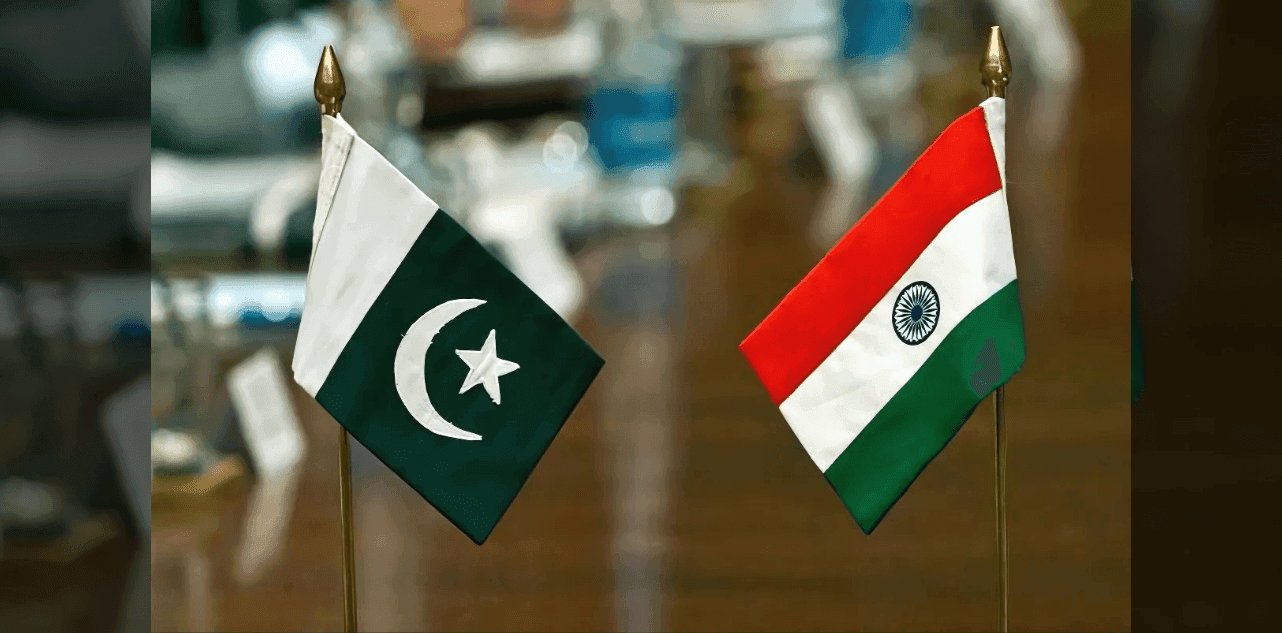Monday 17 November 2025
Major Treaties and Agreements between India and Pakistan: A Historical Overview
Share

India and Pakistan, since their emergence as independent nations in 1947, have shared a complex and often tense relationship. This dynamic has been punctuated by a series of wars, peace efforts, and numerous treaties and agreements intended to manage their conflicts, particularly over Kashmir and strategic issues like water sharing and nuclear safety. Below is a comprehensive overview of key treaties and agreements between India and Pakistan across different decades.
In the chaotic backdrop of Partition in 1947, the Standstill Agreement was an arrangement intended to maintain the status quo between the princely state of Jammu and Kashmir and Pakistan. Signed in August 1947, it collapsed rapidly following the tribal invasion of Kashmir, which had tacit Pakistani support. Although never formally cancelled, the agreement became ineffective by October 1947.
Simultaneously, the Instrument of Accession was signed on 26 October 1947 by Maharaja Hari Singh, integrating Jammu and Kashmir into India. This document remains crucial to India's legal claim over Kashmir, although Pakistan has consistently disputed its validity.
In the aftermath of the first war over Kashmir, the Karachi Agreement was signed on 27 July 1949, establishing a Ceasefire Line under UN auspices. This line remained until it was later modified under the Simla Agreement in 1972, evolving into the present-day Line of Control (LoC).
One of the rare examples of durable cooperation between the two nations is the Indus Waters Treaty (IWT), brokered by the World Bank and signed on 19 September 1960. It delineated the sharing of the Indus River system, allowing Pakistan rights over the western rivers (Indus, Jhelum, Chenab) and India rights over the eastern rivers (Ravi, Beas, Sutlej). Although currently under strain, with India issuing a modification notice in January 2023, the treaty has largely withstood periods of intense bilateral hostility.
The Tashkent Agreement, signed on 10 January 1966 after the 1965 Indo-Pak War, sought to restore peace and diplomatic ties. It was a one-time diplomatic effort completed without long-term commitments, but it set a precedent for future bilateral negotiations.
The aftermath of the 1971 war saw the signing of the Simla Agreement on 2 July 1972. This pivotal accord committed both nations to resolving disputes bilaterally and recognized the newly demarcated LoC. Despite allegations of frequent violations, the Simla Agreement remains the framework underpinning India-Pakistan diplomatic exchanges.
Following this, the Delhi Agreement of 28 August 1973 addressed humanitarian concerns, focusing on the repatriation of prisoners of war (POWs) and civilians post the Bangladesh Liberation War. This was a one-time settlement that concluded by 1974.
During a period of nuclearization in South Asia, India and Pakistan signed the Agreement on the Prohibition of Attack against Nuclear Installations in 1988, operationalized in 1991. Under this accord, the two countries exchange lists of nuclear facilities annually, most recently in January 2024, ensuring a measure of nuclear transparency.
Another significant initiative, the Lahore Declaration, was signed on 21 February 1999, aiming to build confidence post-nuclear tests. However, the Kargil War later that year undermined the spirit of the declaration. Although it has not been formally annulled, it is largely inactive today.
The Ceasefire Understanding along the LoC, agreed upon on 26 November 2003, sought to stem cross-border firing. Despite violations, this ceasefire was reaffirmed in February 2021 through an agreement between the Directors General of Military Operations (DGMOs) of both countries.
A series of Confidence-Building Measures (CBMs) were also initiated from 2005 onwards, including cross-LoC travel and trade. These people-to-people contacts were mostly suspended following major terrorist incidents like the Uri Attack (2016) and Pulwama Attack (2019).
Looking ahead, the future of the Indus Waters Treaty is uncertain as India formally sought modification in January 2023 over delays and procedural issues, marking a significant development in bilateral water diplomacy.
Newsletter
Stay up to date with all the latest News that affects you in politics, finance and more.